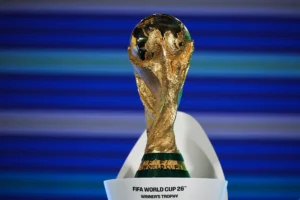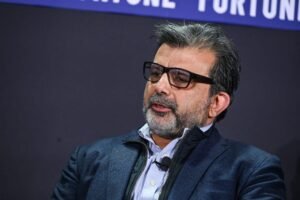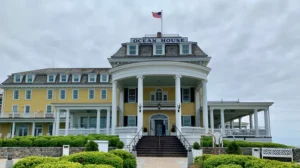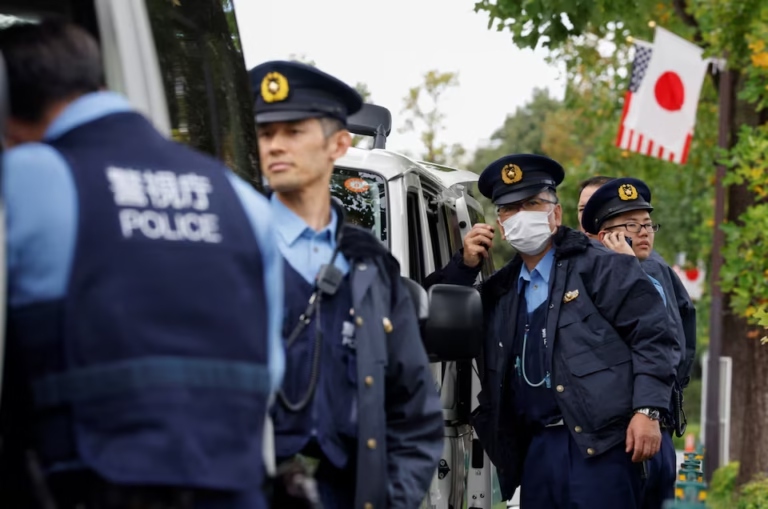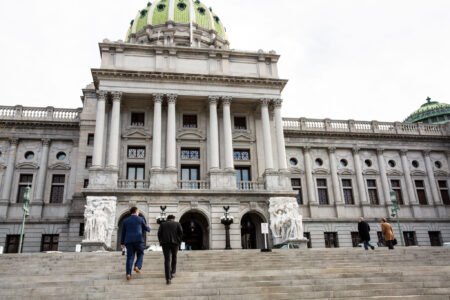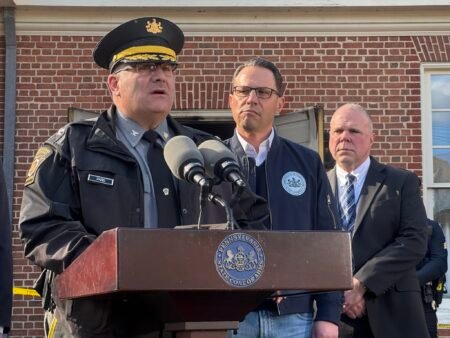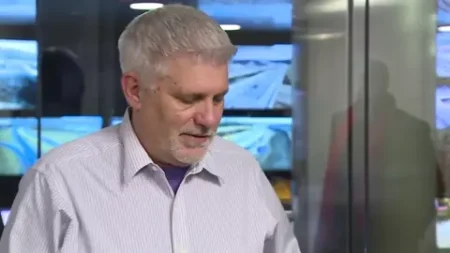U.S. President Donald Trump has arrived in Tokyo for a high-profile Asia trip focused on trade, investment, and security cooperation. The visit includes meetings with Japan’s new Prime Minister Sanae Takaichi and Emperor Naruhito ahead of a scheduled summit with Chinese President Xi Jinping in South Korea.
Trump’s journey marks his longest overseas trip since taking office in January. His itinerary began with successful stops in Southeast Asia, including Malaysia, where he oversaw the signing of a ceasefire between Thailand and Cambodia and secured multiple trade and rare earth deals.
In Tokyo, Trump is expected to discuss new investment and defense agreements with Takaichi. Earlier this year, Japan pledged $550 billion in investment in exchange for relief from U.S. import tariffs. Officials say the prime minister is aiming to further strengthen trade ties by committing to purchases of U.S. pickup trucks, soybeans, and gas.
“Just leaving Malaysia, a great and very vibrant country. Signed major Trade and Rare Earth Deals, and yesterday, most importantly, signed the Peace Treaty between Thailand and Cambodia. NO WAR! Millions of lives saved,” Trump said on Truth Social before departing.
Thousands of police have been deployed across Tokyo in preparation for Trump’s arrival. Security incidents, including the arrest of a knife-wielding man near the U.S. embassy and a planned anti-Trump protest in Shinjuku, have heightened tensions.
The president’s visit will include a ceremonial meeting with Emperor Naruhito at the Imperial Palace. Although the emperor’s role is symbolic, substantive diplomacy will take place with Prime Minister Takaichi at Akasaka Palace, the same venue where Trump met former Prime Minister Shinzo Abe six years ago.
Takaichi, Japan’s first female prime minister, is a close ally of the late Abe, who shared a strong bond with Trump during his first term. Trump praised Takaichi, saying, “She’s great… very friendly, and a very close ally of Prime Minister Abe.”
Meetings with Japanese officials will focus on trade and security. Commerce Secretary Howard Lutnick and Japan’s Ryosei Akazawa will hold a working lunch on Monday to discuss the tariff deal. Treasury Secretary Scott Bessent and Secretary of State Marco Rubio are also scheduled to meet counterparts in Tokyo.
Defense cooperation is a key priority. Japan hosts the largest U.S. military presence overseas, and Trump has repeatedly criticized Tokyo for not spending enough on defense. Takaichi has pledged to accelerate Japan’s defense build-up to 2% of GDP, the country’s largest since World War II, though further increases may be constrained by her fragile parliamentary coalition.
Analysts say statements reaffirming a U.S.-Japan alliance in the face of regional threats from China would be significant. “Some kind of statement on standing shoulder-to-shoulder together to deter and respond to attempts to change the status quo in the region by force or coercion would be useful,” said Kevin Maher, a Japan expert and former U.S. diplomat.
Trump’s meetings in Tokyo are expected to reinforce economic and security ties while preparing the ground for his summit with Xi Jinping in South Korea later this week. The discussions aim to prevent a return to a trade war and maintain stability in the Asia-Pacific region.

